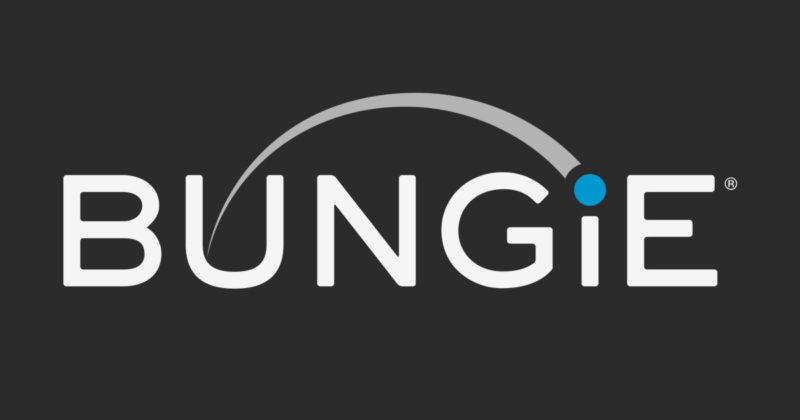The great gaming consolidation: Why marketers should sit up and take note
The race to create and define how the metaverse looks and feels within games is a key factor driving 2022’s gaming acquisition fever. The metaverse is a whole new way to interact, live and play online, where virtual worlds within games can be explored and monetised, writes Richard O’Sullivan, VP & general manager ANZ, InMobi.
The gaming industry is in the middle of a merger and acquisition frenzy, with major tech players snapping up game makers for record-breaking figures.
Sony Interactive Entertainment’s $3.6 billion bid at the beginning of February for video game maker Bungie – maker of cult favourite games including Destiny, Halo, Myth, Oni, and Marathon – comes hot on the heels of Microsoft’s acquisition of Activision Blizzard for $69 billion.



There seems to be a fair bit of aggrandisment in the claim that “According to App Annie’s latest mobile gaming report, mobile gaming is expected to surpass $120 billion in 2021 – putting it well ahead of both the movie and television industries.”.
First, one assumes that the $120b is a global claim, which can be accepted. But the claim that it is “well ahead of both the movie and television industries” is pretty hard to reconcile.
Let’s start with little old Australia. Our TV industry is just under $4b AUD … let’s call in $3b USD. (And that is just broadcast and not Foxtel, Optus, Kayo, streaming etc.). Factor in that Australia has just 0.3% of the world’s population. Even if all that global $120b was TV that would make us 2.5% of the TV market globally? Given TV & Mobile are ‘well behind’ it would be more like 5% of the global market. That beggars disbelief.
I accept that AU is a small slice of the global market, and therefore is not necessarily representative of other markets.
So I had a look at data aggregator Statista and they peg Global TV at $229b in 2021 down from $243b in 2019. Oh, and the MPA listed 2020 global revenue as $68.8b globally. In round numbers that is $300b globally.
So how can $120b of mobile gaming be “putting it well ahead of both the movie and television industries.”?